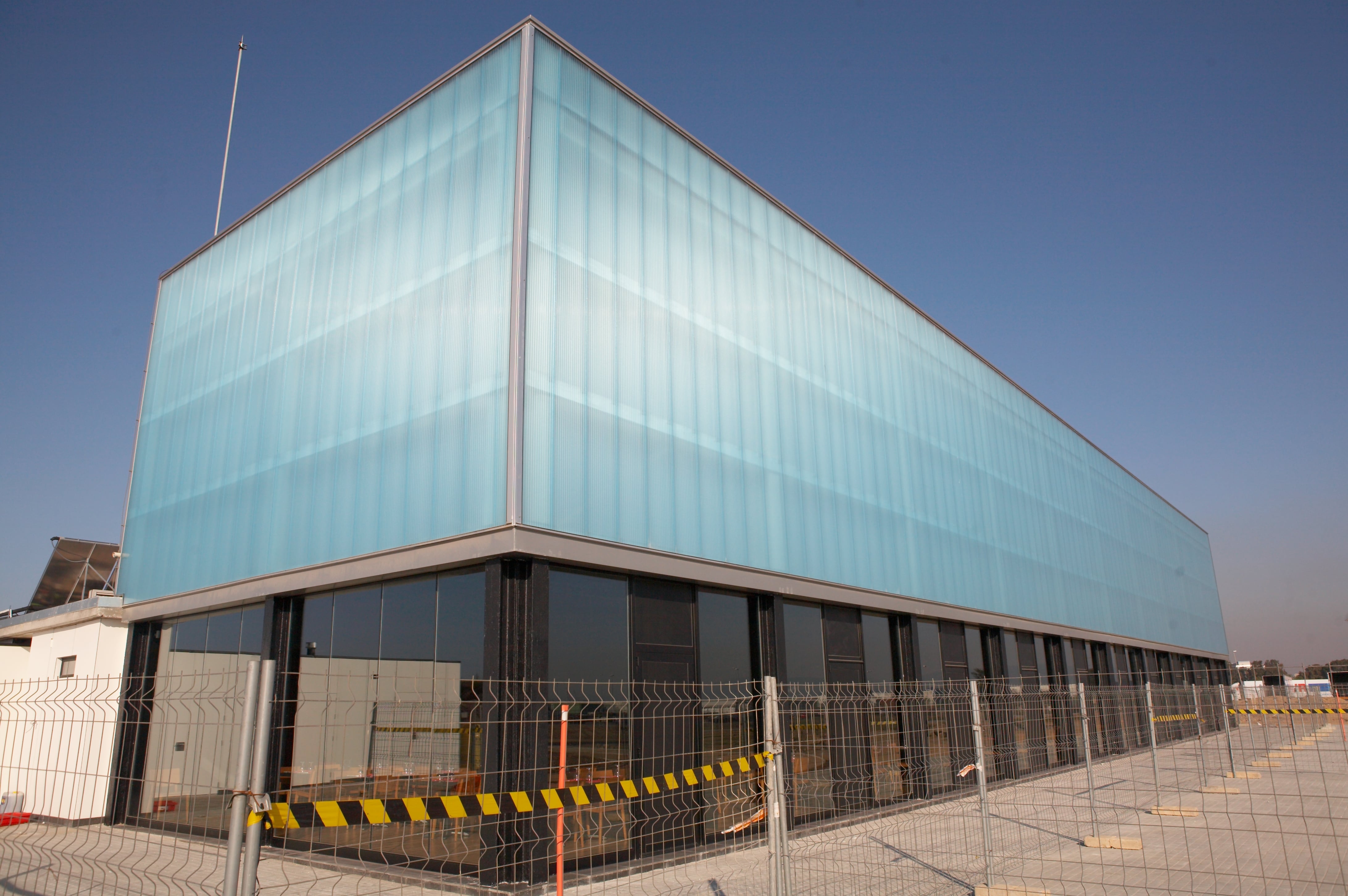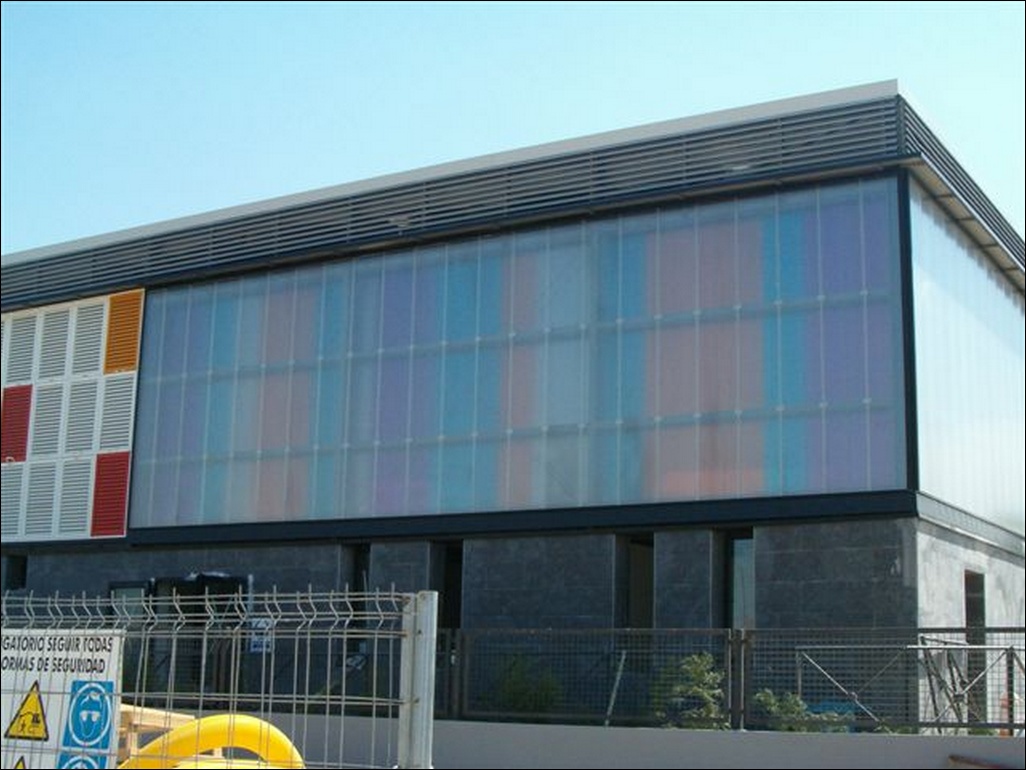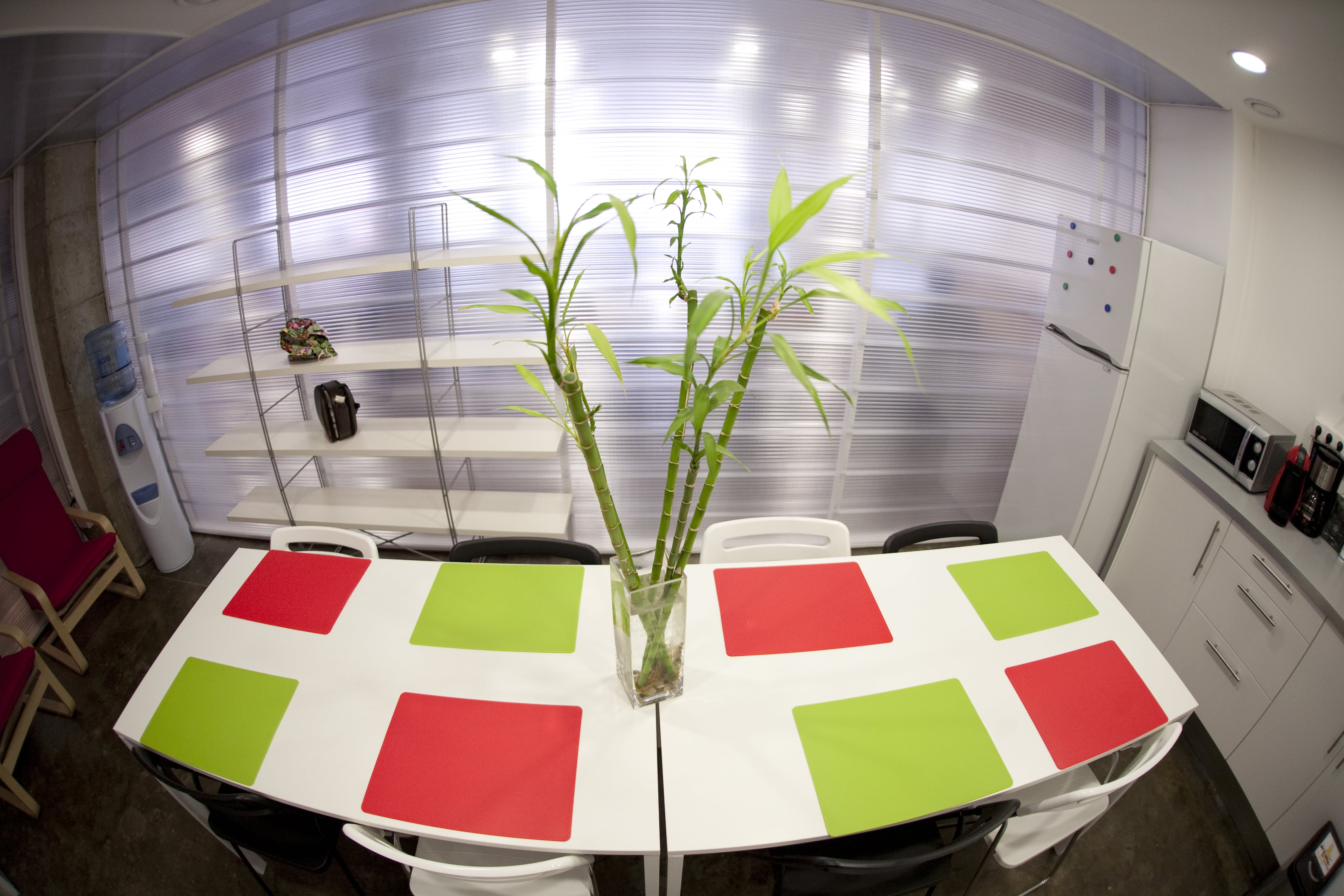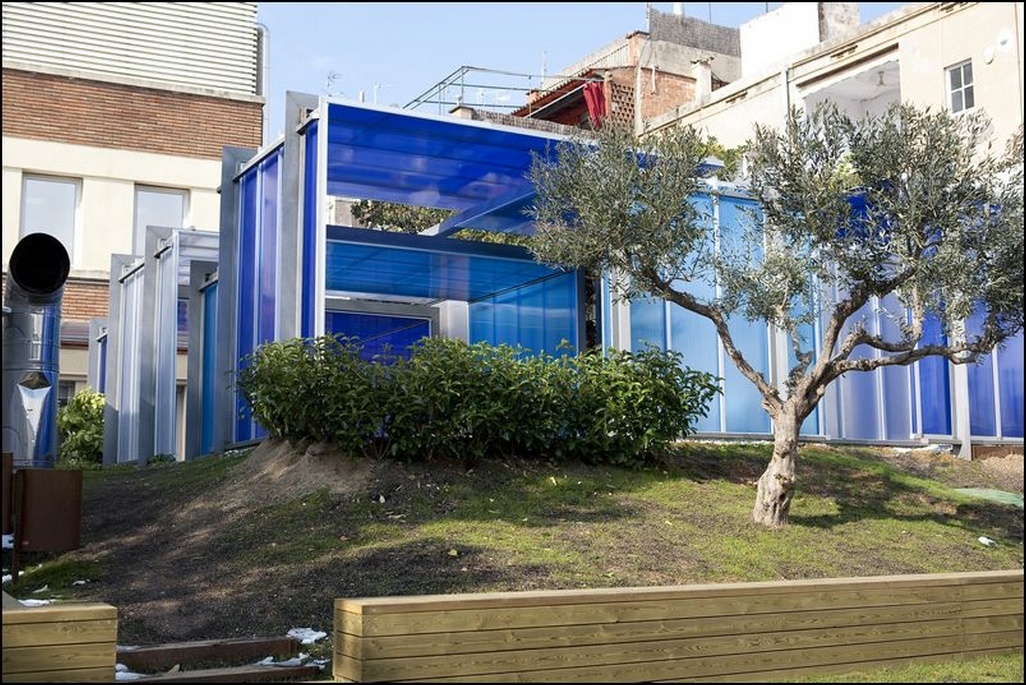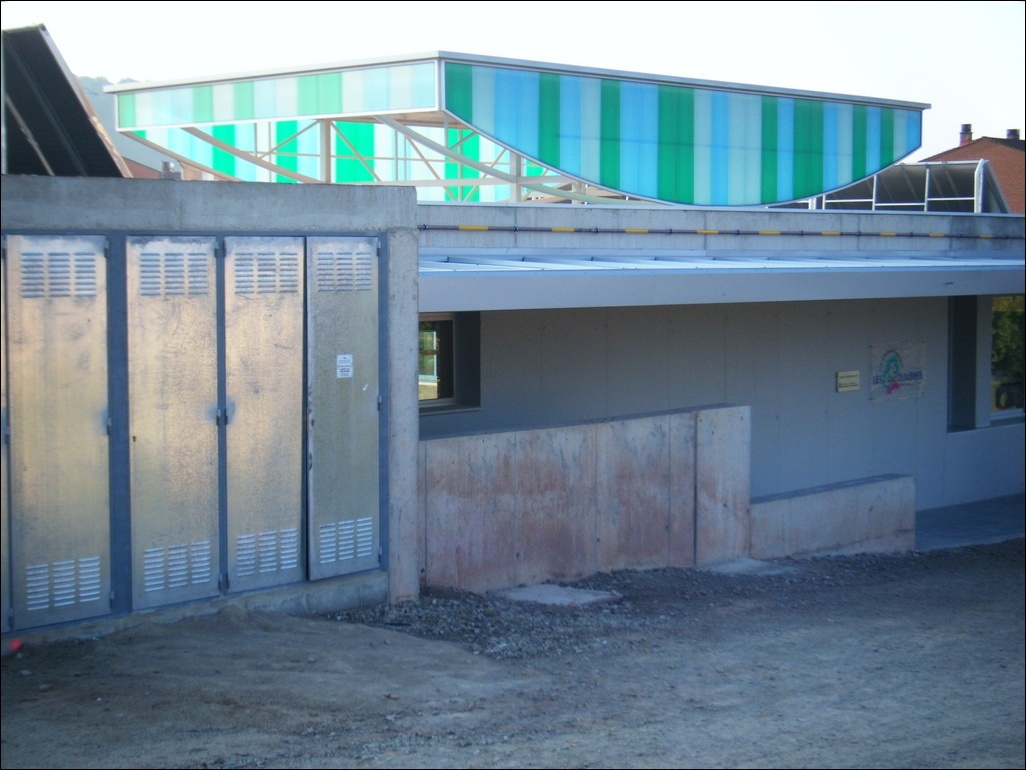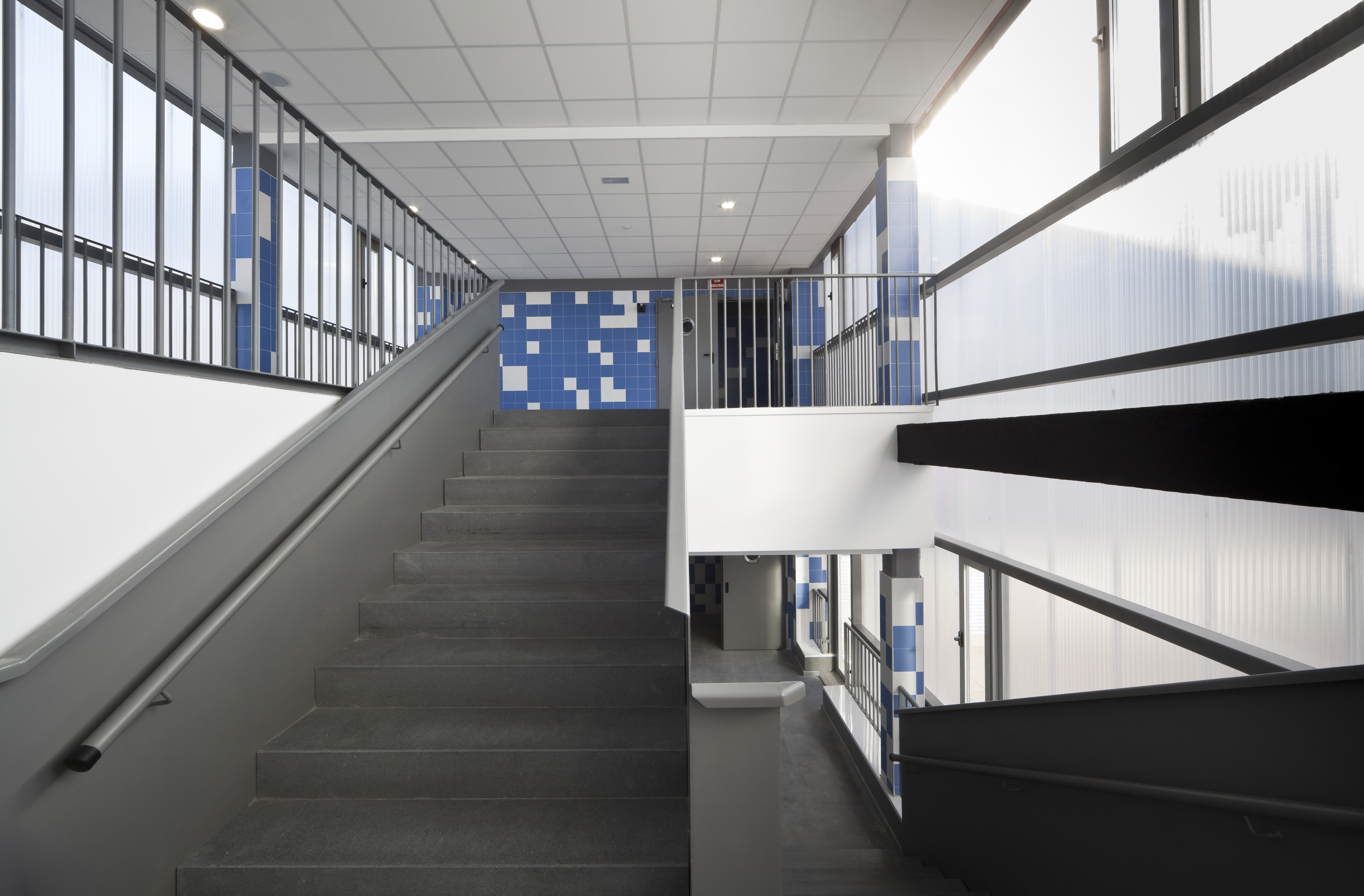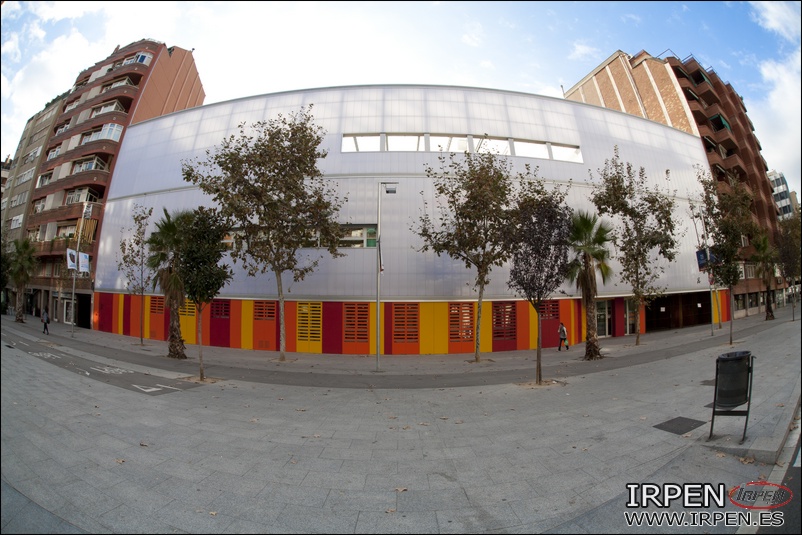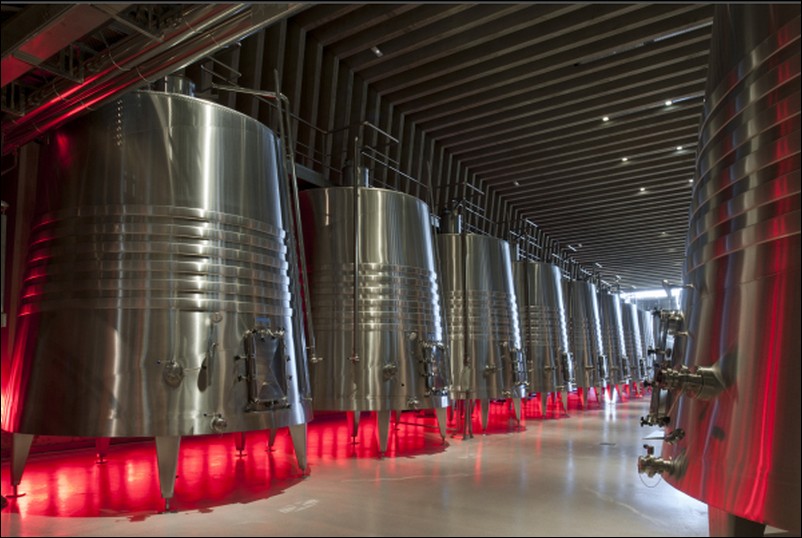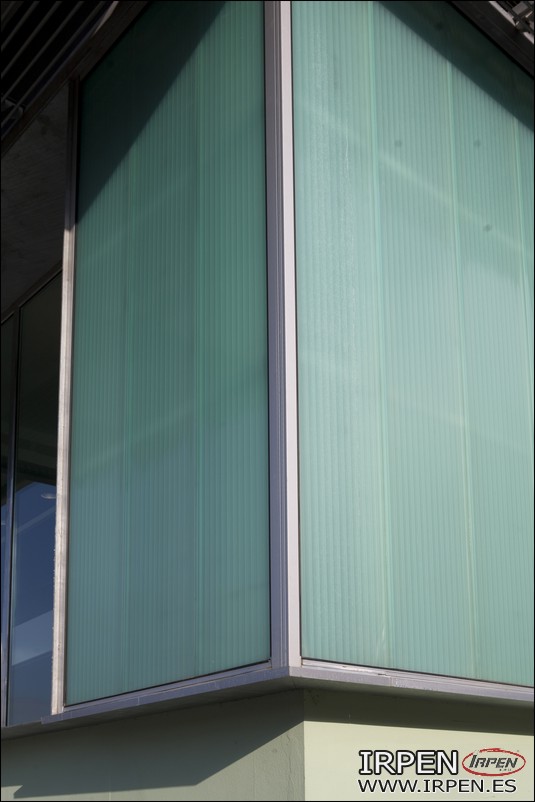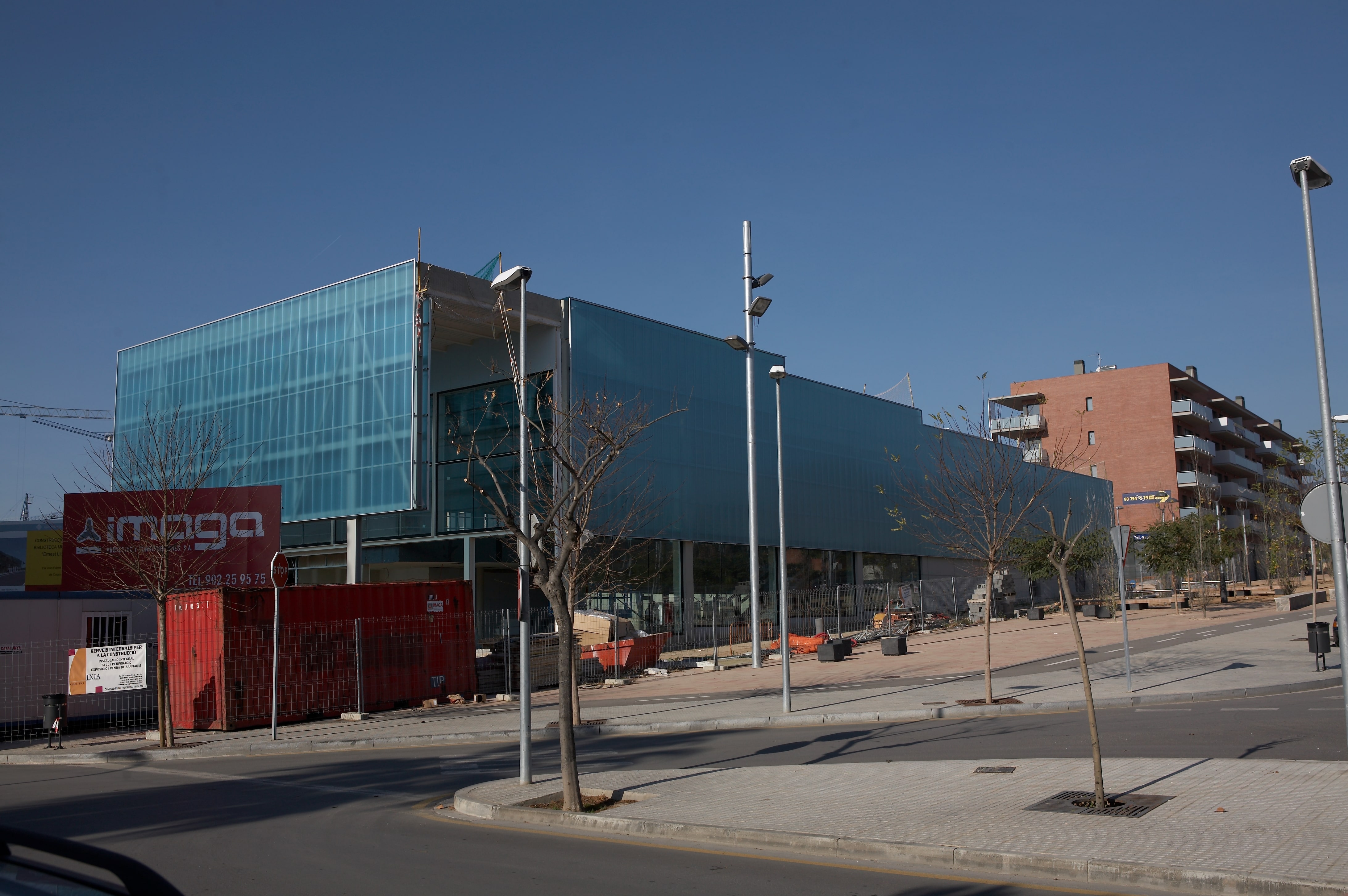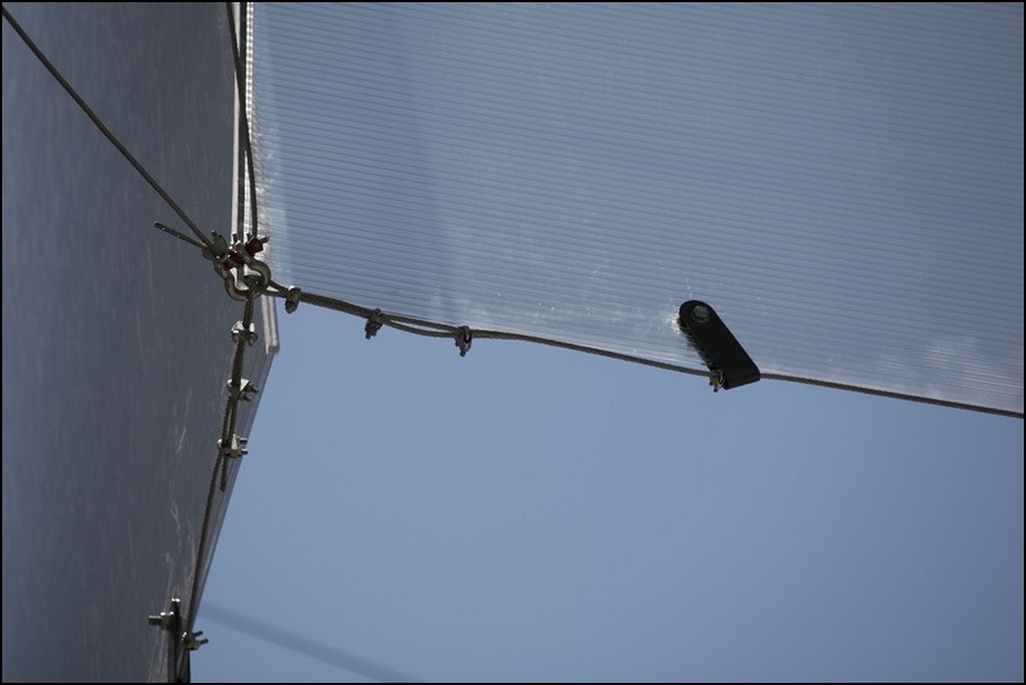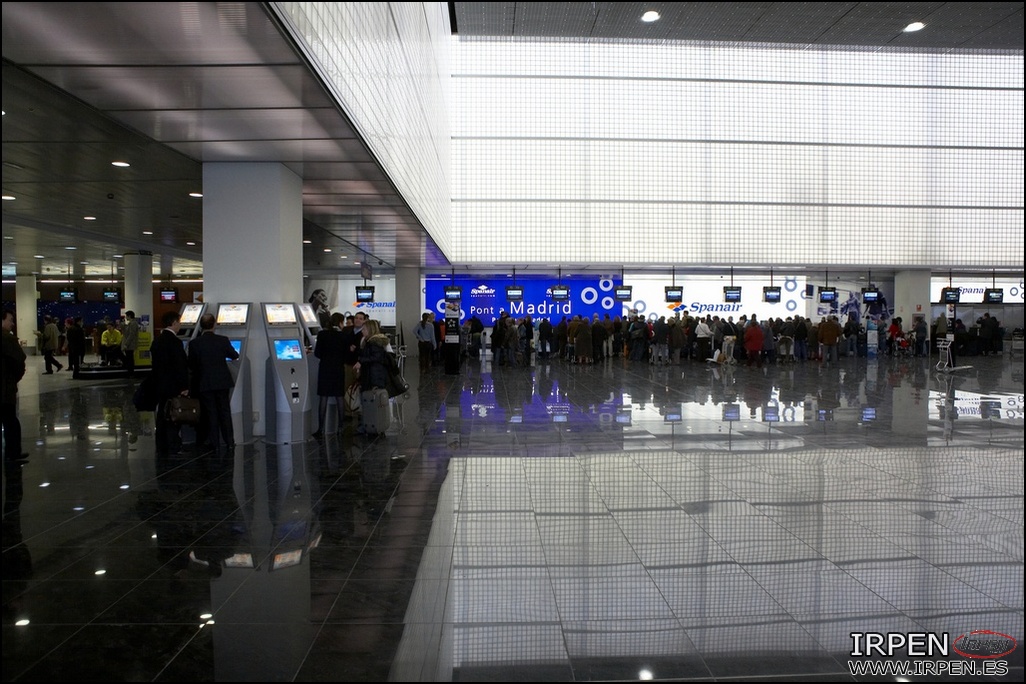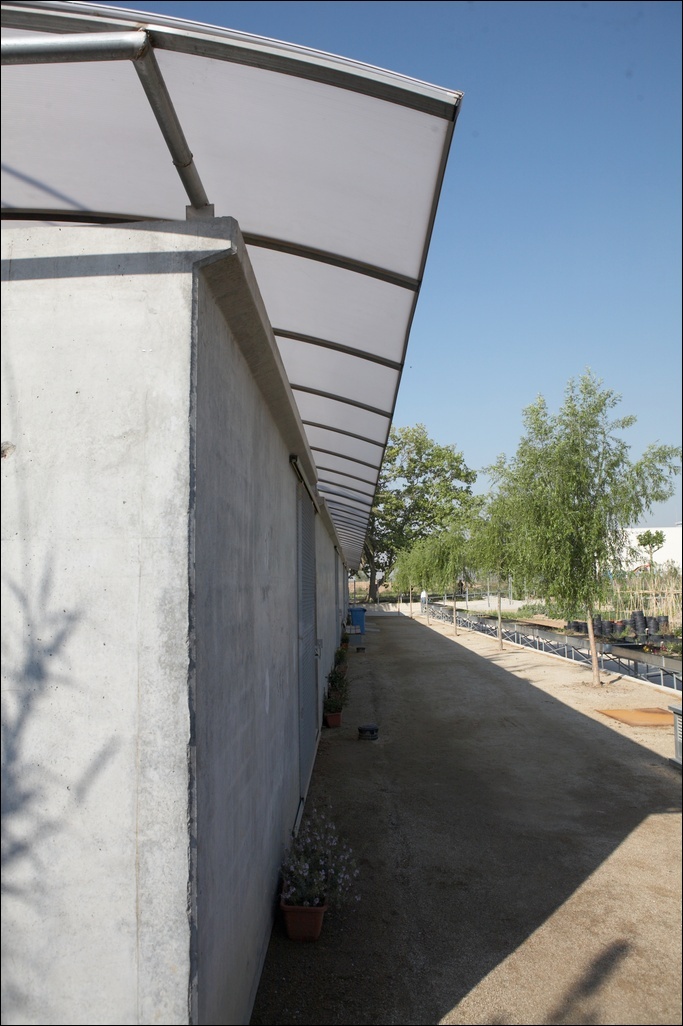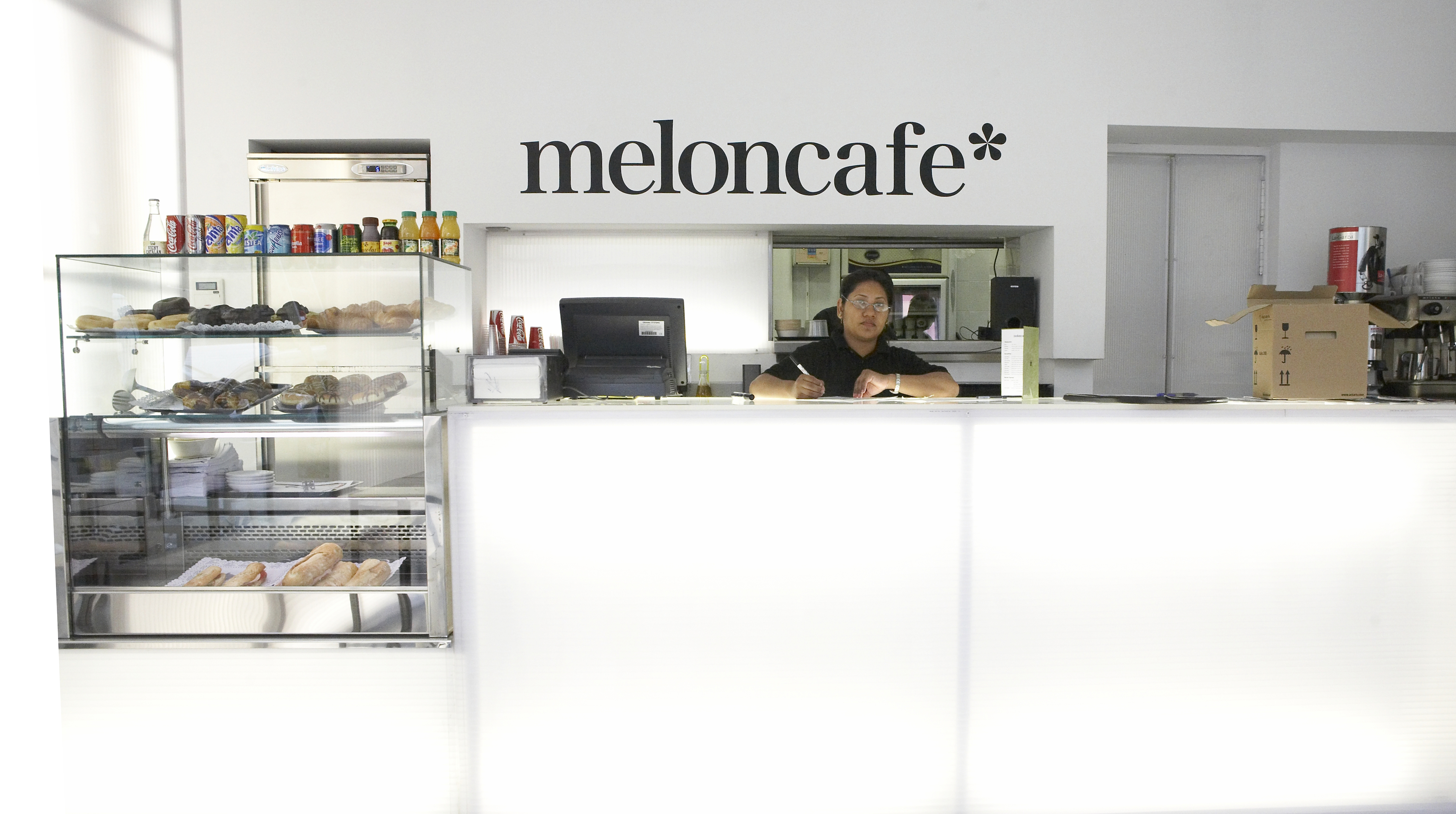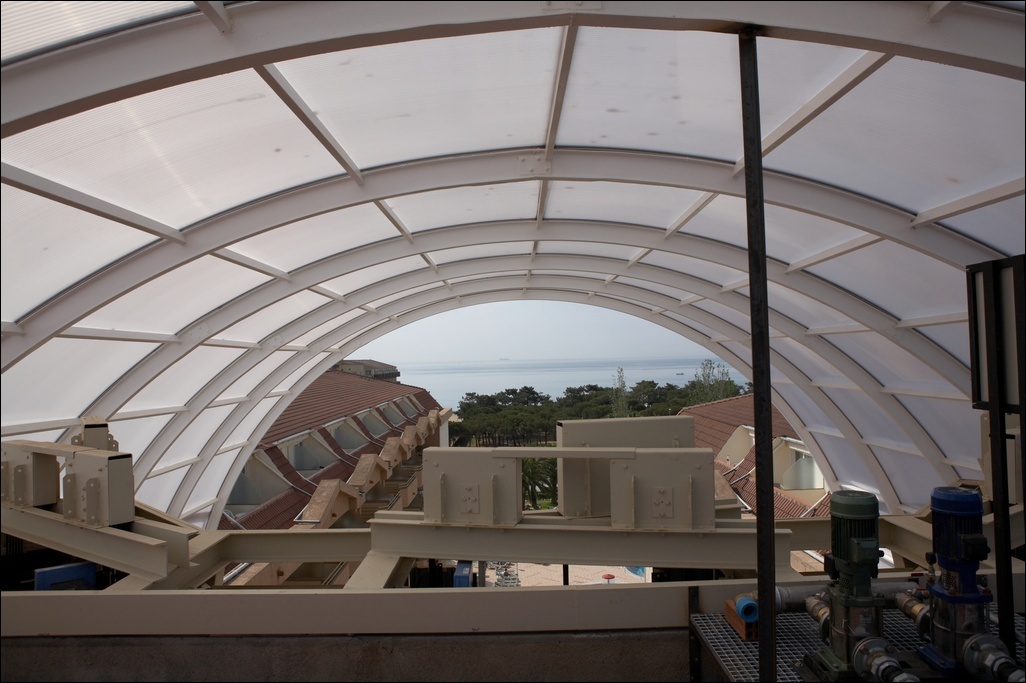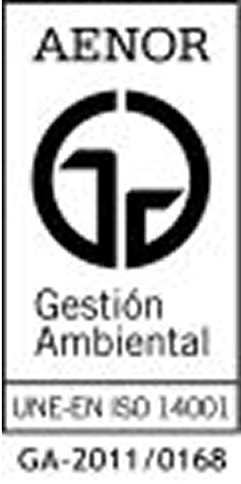Akyver - Multiwall Polycarbonate
PC Fire rating for excellent construction

Every building must meet a series of basic requirements, including those relating to fire safety. Consequently, designers choose materials and construction solutions that ensure their compliance, as well as that comply with the test procedures and classification levels required according to the end use.
In our catalog of transparent technical plastics, one of the most used for construction work is polycarbonate, given its good behavior and high fire resistance compared to other transparent thermoplastic materials.
In general, any material intended for use in buildings must be classified according to its propensity to fuel a fire. Therefore, its flammability, its calorific value, the speed of flame propagation, the rate of smoke production, the presence of incandescent droplets and debris and/or a combination of the different aspects related to safety are tested.
Application standard UNE-EN 13501-1
When it comes to construction materials, the reference standard to be applied is the Euroclasses UNE-EN 13501-1: Classification based on the fire behavior of construction products and building elements. Part 1: Classification based on data obtained in fire reaction tests. In this standard, test methods are defined to evaluate and classify the reaction to fire of materials. Because of these, they must be tested in approved laboratories, similar to the way in which it would be installed in a building.
Reaction of polycarbonate to fire
Polycarbonate (PC) is usually a material widely used in buildings due to its resistance to impacts and weather, as well as being durable and very light. In addition, the colorless and translucent polycarbonate sheets meet the fire reaction standards required in the EN-135101 standard.
The PC offers very important advantages in terms of its behavior against fire according to the EN-135101 standard:
- A PC05 or PC01 compact polycarbonate is classified with a B, without the use of additional additives in its composition, since the material has a very small contribution to the spread of fire.
This means that in the event of a fire, when it reaches polycarbonate, even if it does not prevent its expansion, its propagation speed will be very slow (compared to a combustible material).
- This same PC05/PC01 classifies as s1 for this standard, since the amount of smoke it generates in the event of a fire is zero or very low.
On the other hand, it produces very few inflamed droplets, so it receives a d0 classification according to EN 13501-1, so the material does not contribute to the spread of fire when igniting other surfaces.
Polycarbonate is a thermoplastic characterized by having a very wide service temperature, between approximately -50ºC and +120ºC. The behavior of the material is as follows:
- At 135ºC, it reaches its thermal deflection temperature and begins to see its physical properties altered.
- Around 140ºC, the sheet begins to deform, which ends up causing the material to bend enough to slip out of the frame or pressure fasteners that contain it in the enclosure.
- Between 160ºC and 170ºC, the material begins to transition to a fluid state, at which point it begins to produce droplets.
This physical phenomenon of fusion can sometimes help to extinguish fire, specifically when it melts on the focus of the flame.
For this physical reason, there are tests that can be difficult to carry out with compact polycarbonate, since molten PC05/PC01 can drip onto the burner and extinguish the flame, thus stopping the test before a classification can be given.
Consequently, a solid polycarbonate sheet over 6 mm thick cannot be tested, since the droplets extinguish the fire.
On the other hand, this does not happen to cellular polycarbonate (AK01/AK10/AK13/AK14), and panels and plates up to 60 mm can be tested without problems. Since there is a lot of air and little material that melts compared to a compact plate.
Differences between compact and cellular polycarbonate
When designing and choosing a construction solution with polycarbonate, it is important to take into account the different behavior of a cell phone or a compact against fire.
The main difference is the amount of mass that one or the other solution has. A compact PC (PC01/PC05) is heavier, since it contains more material per square meter, while a cell phone (AK01/AK10/AK13/AK14), being multi-camera, contains a large amount of air.
For example, on a façade, which can be solved with either of the two options, the behavior to fire will be quite different. Let's see how:
- With a multi-chamber cellular polycarbonate:
In this solution, cellular polycarbonate would burn rapidly and generate a perforation in the enclosure. If the fire has been generated inside the room, the hole allows the evacuation of fumes.
- With compact polycarbonate:
In this case, the material will perform better from the point of view of stopping the spread of fire, giving the occupants of the building more time to evacuate them.

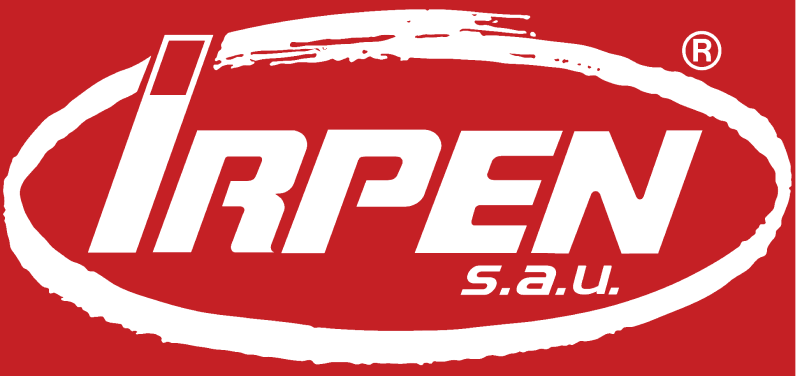







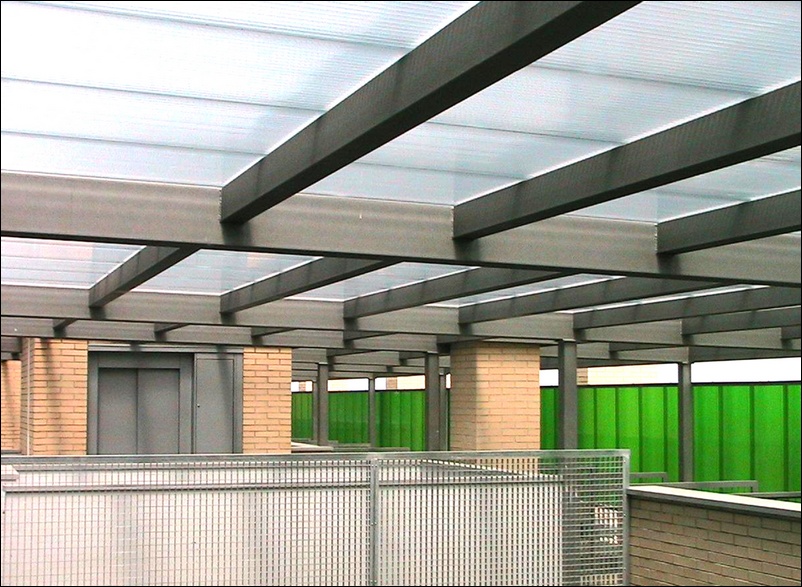


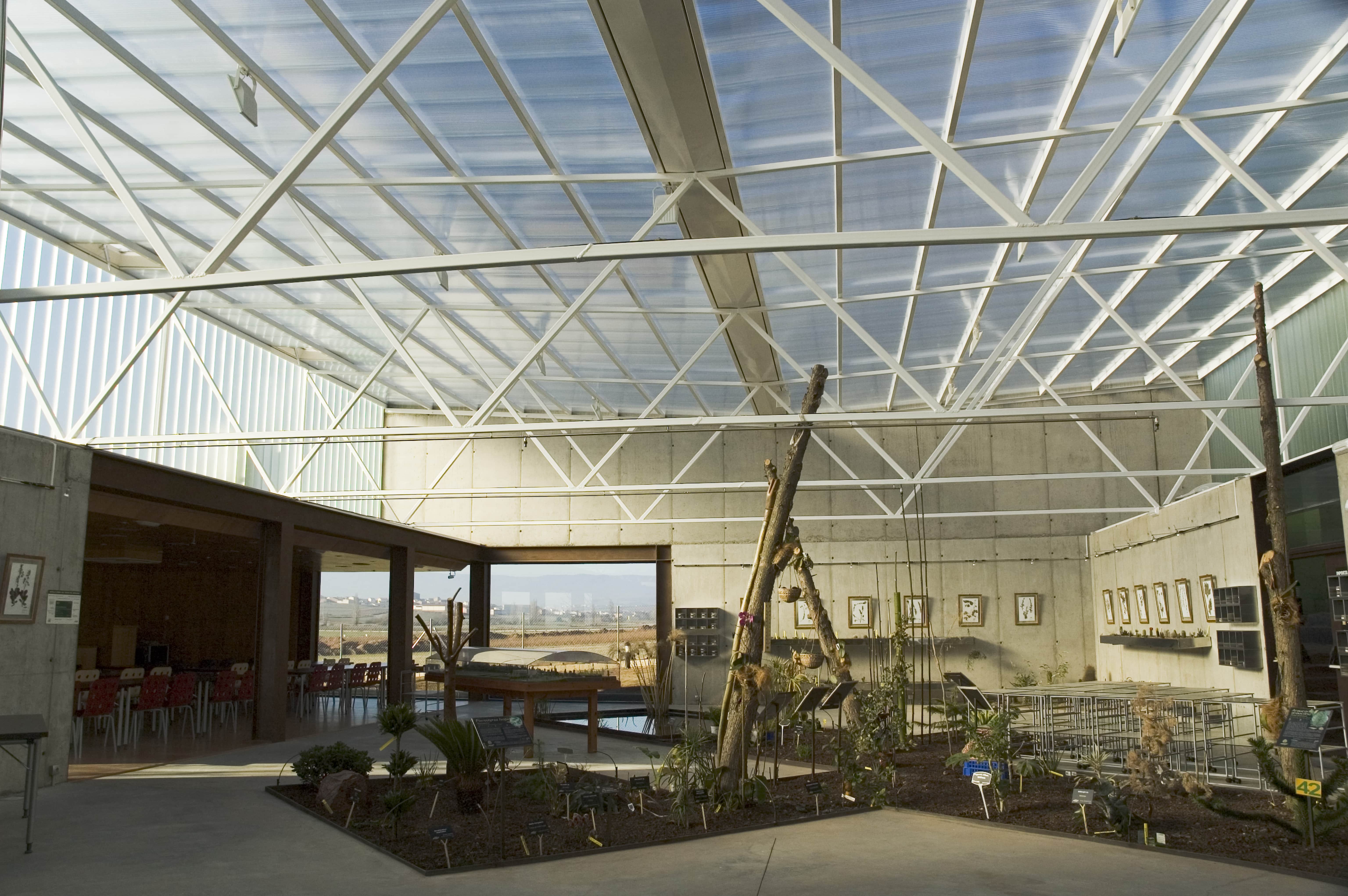
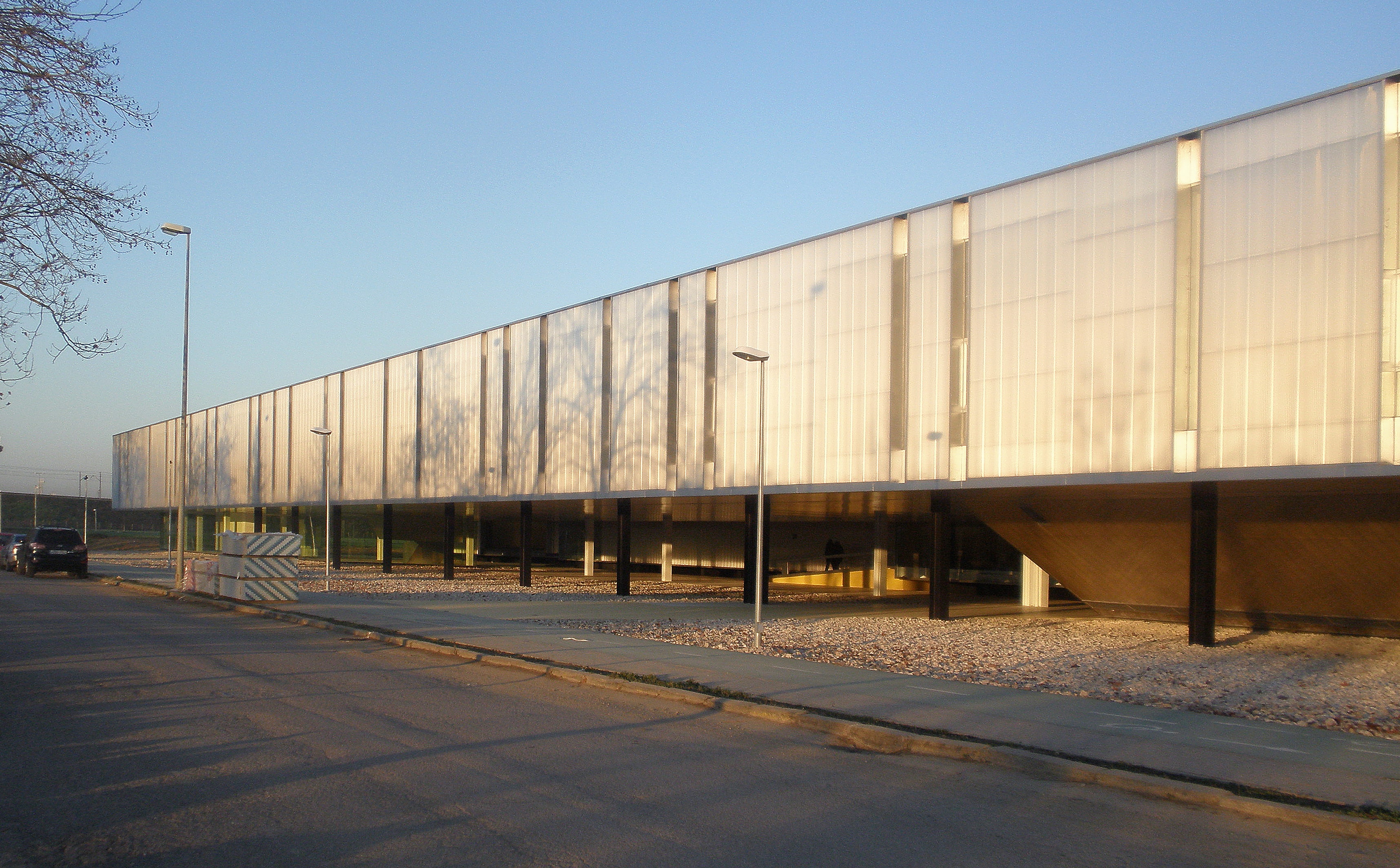
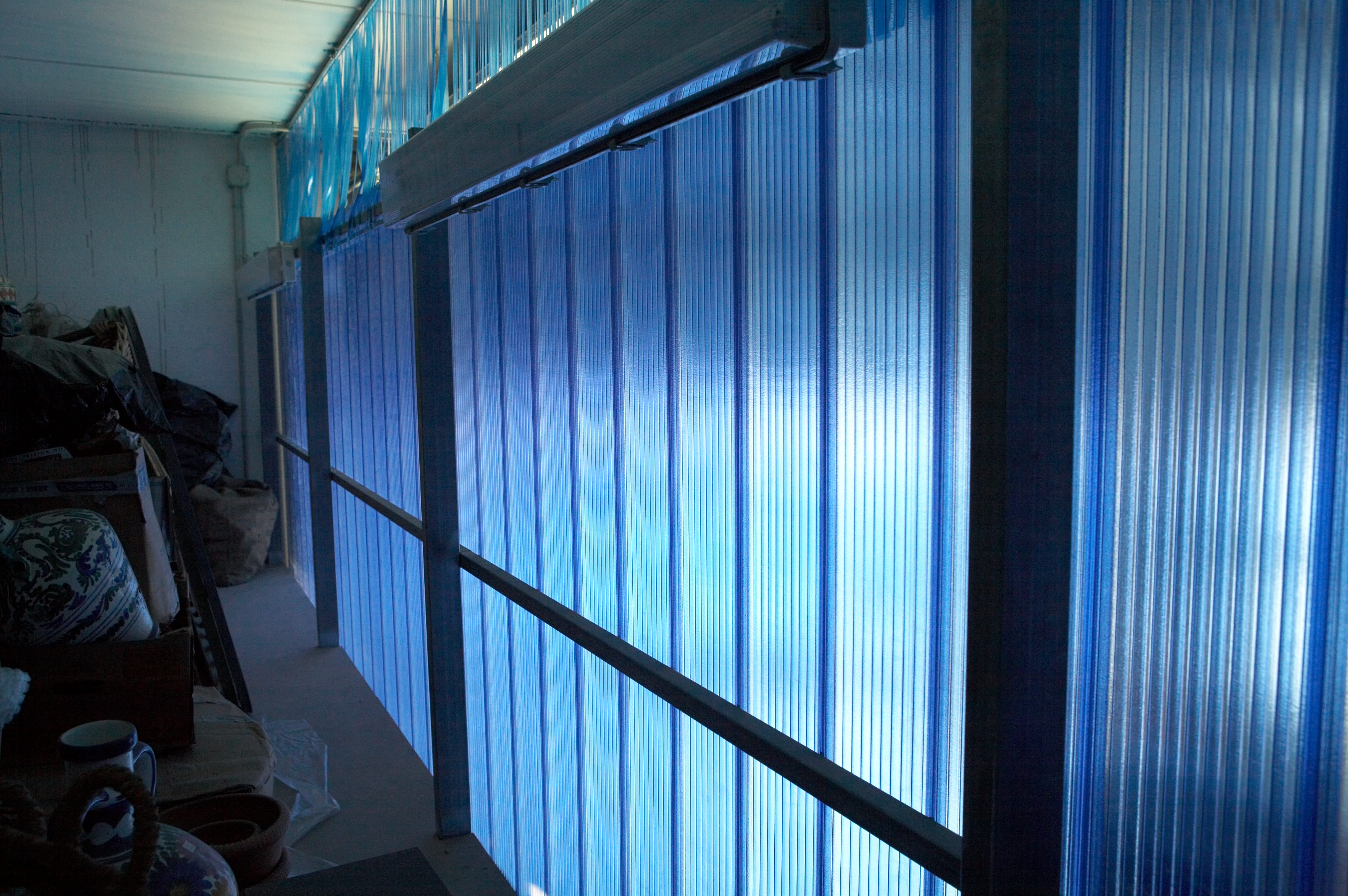

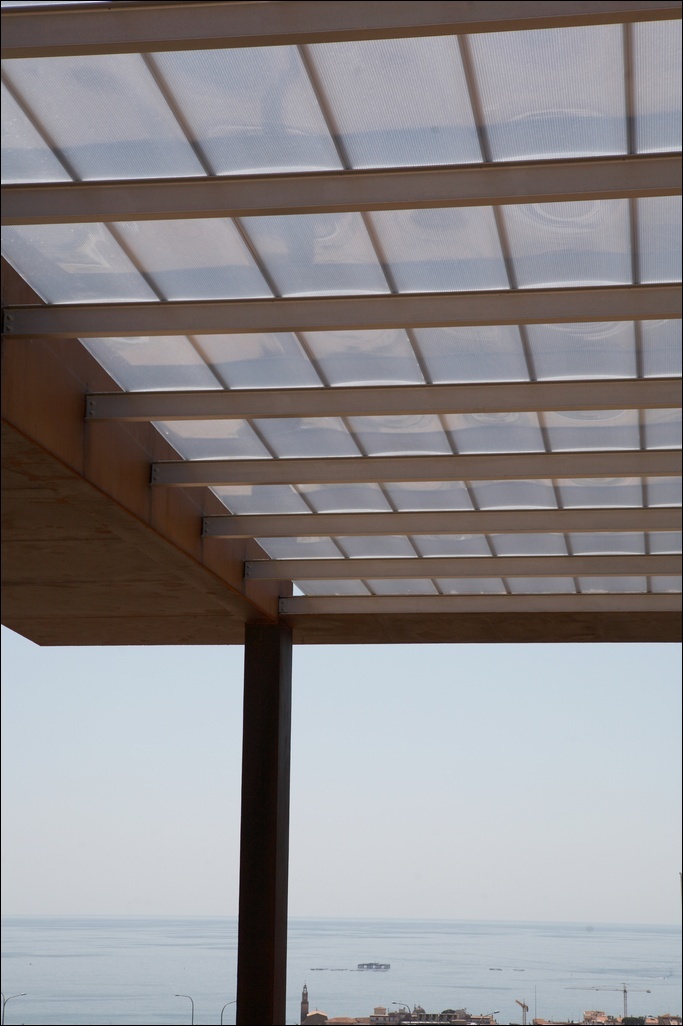
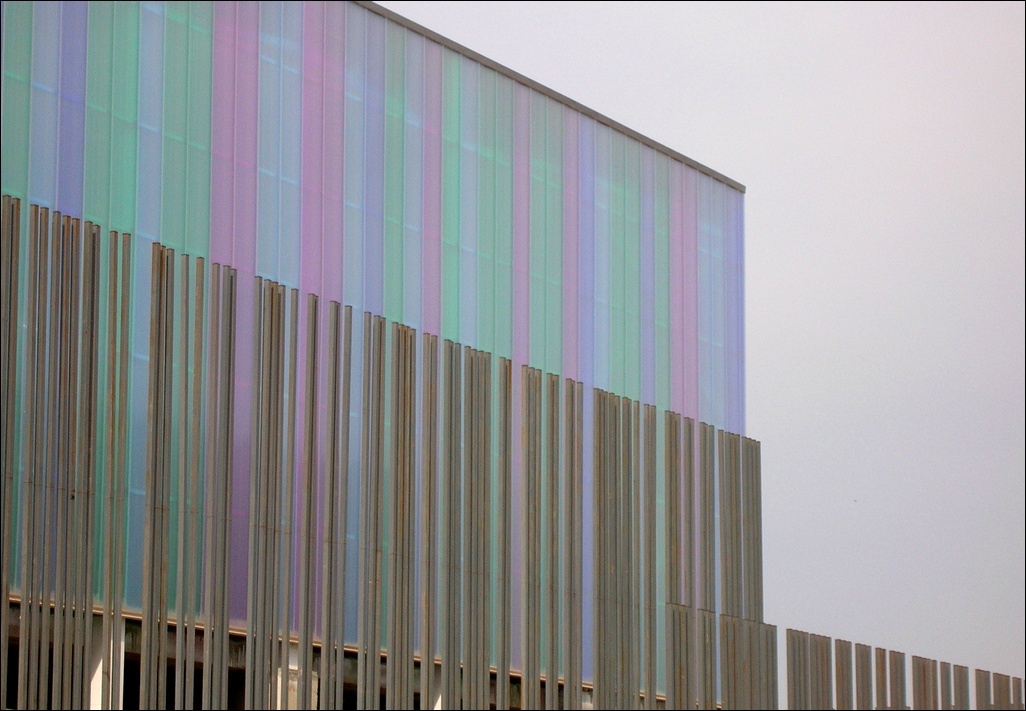
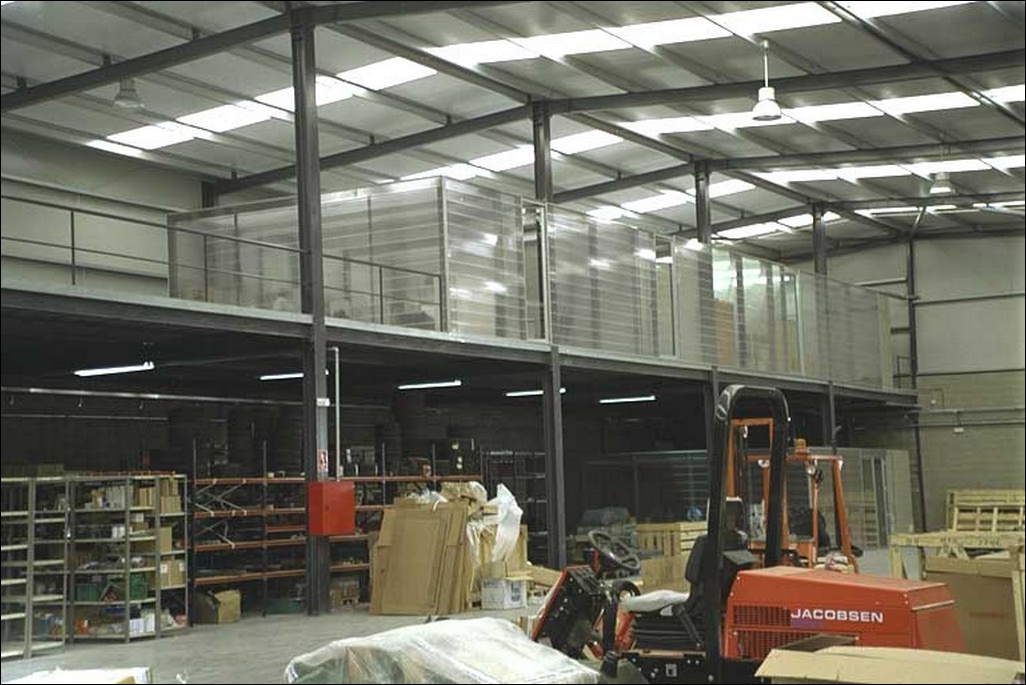
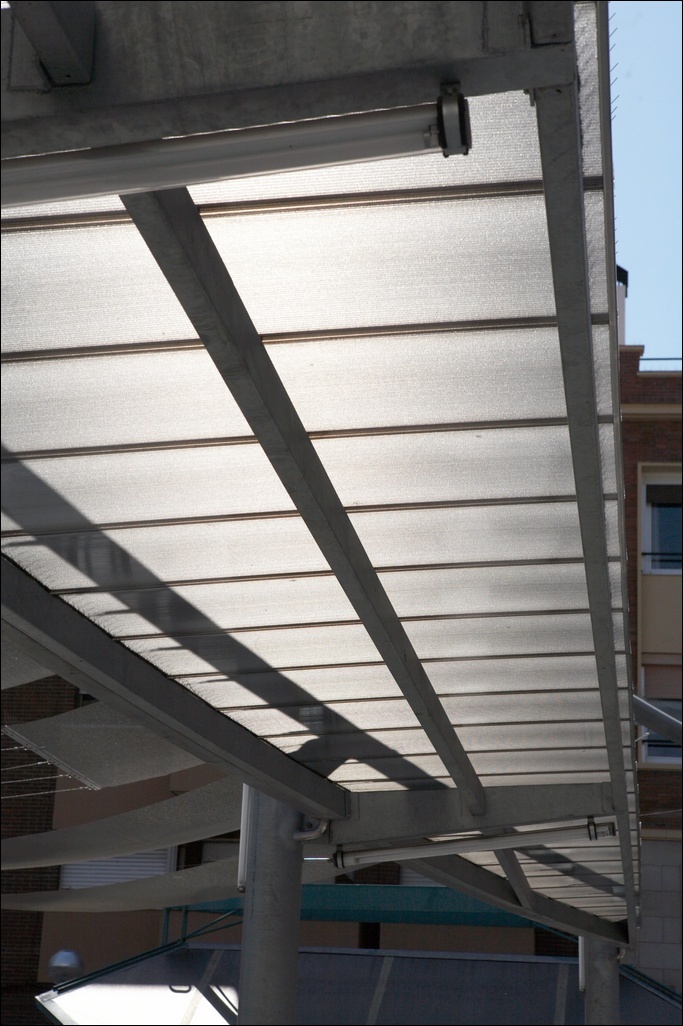
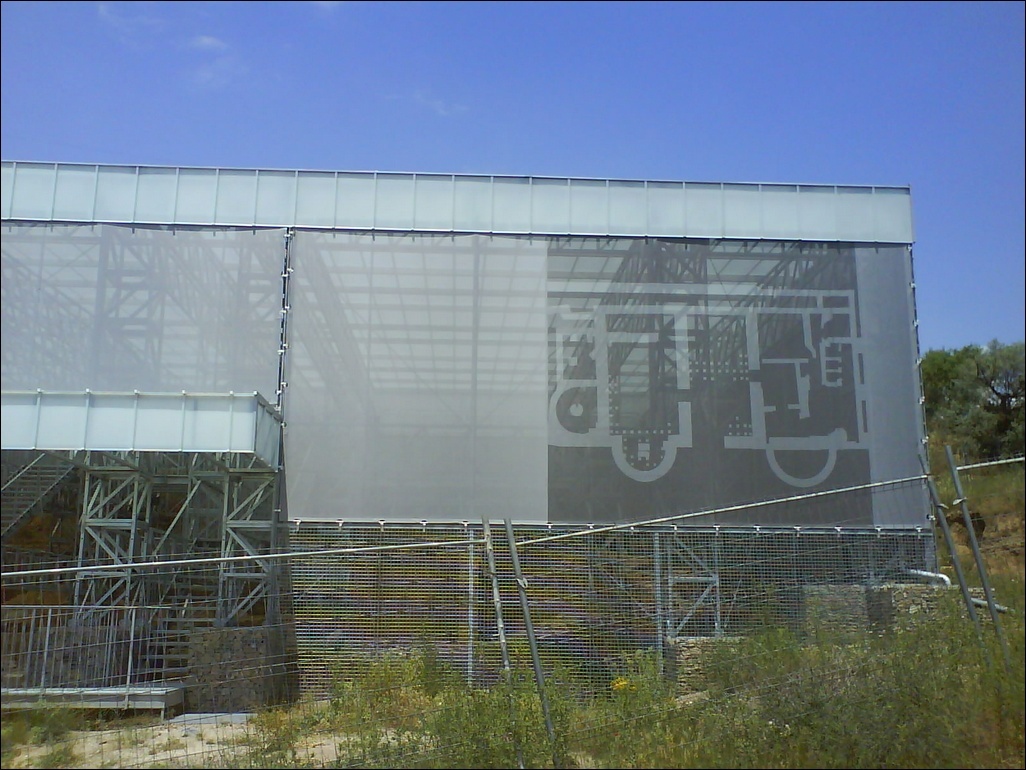


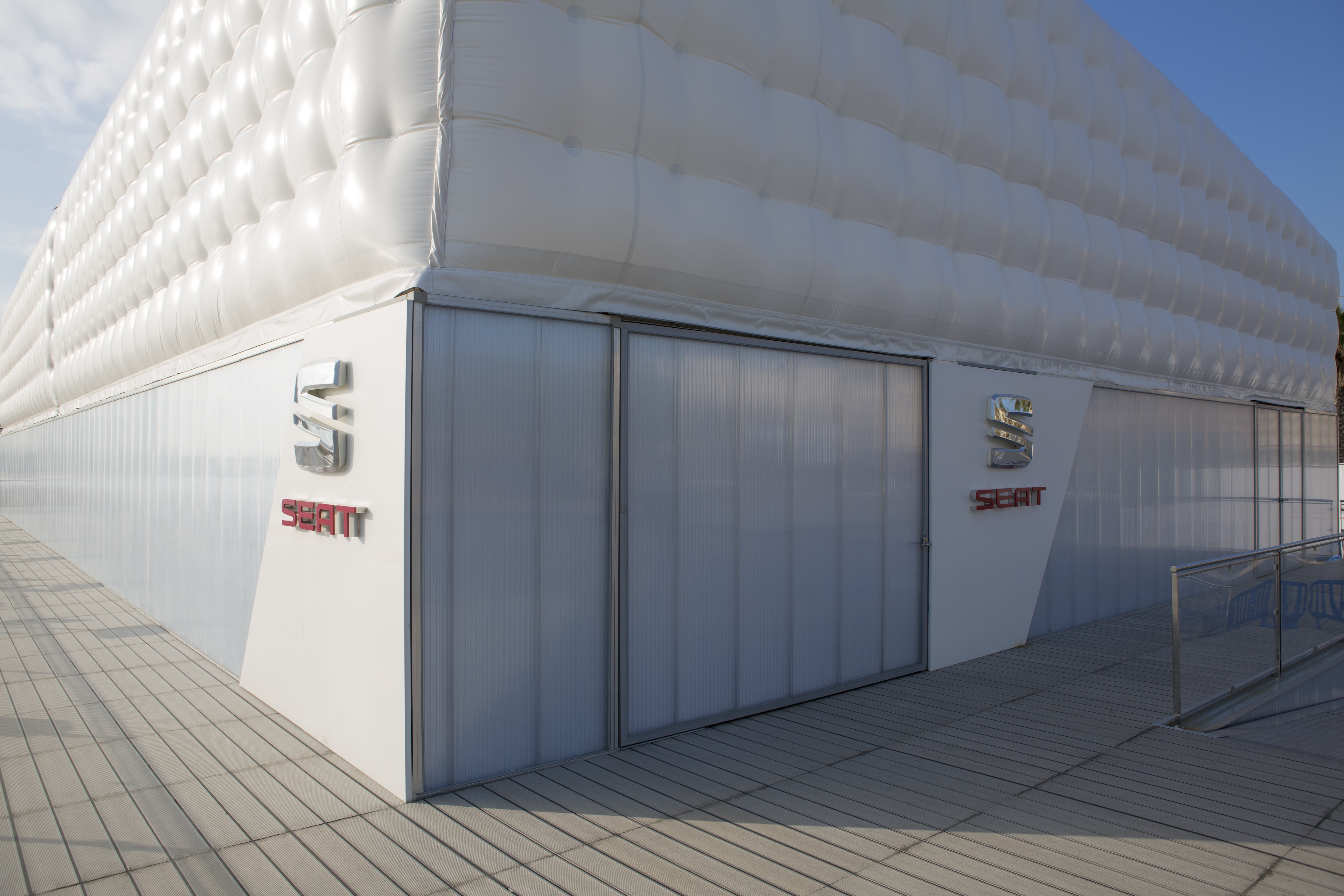
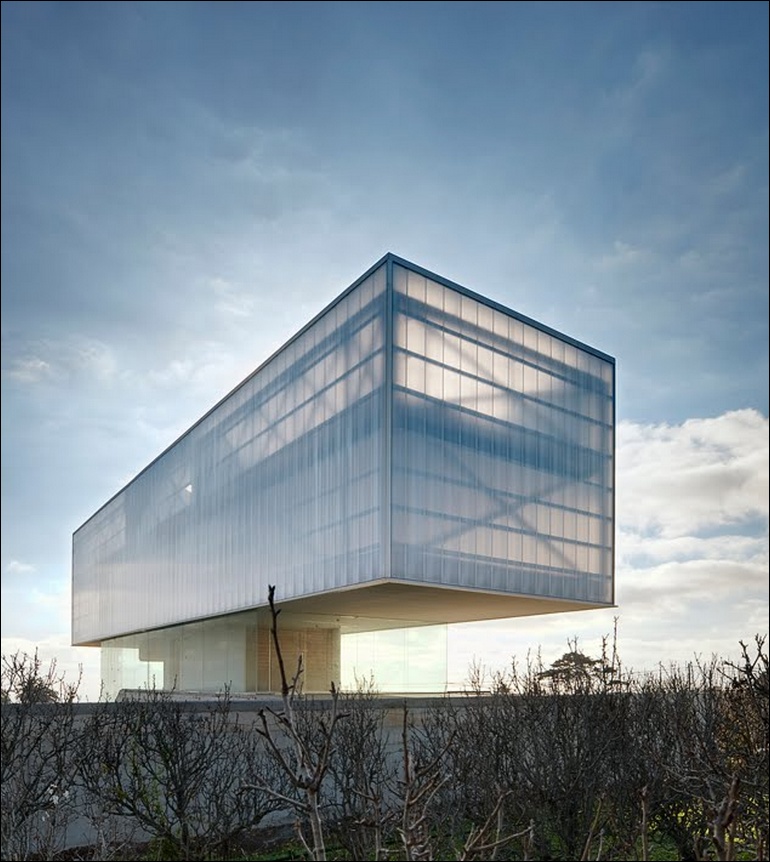


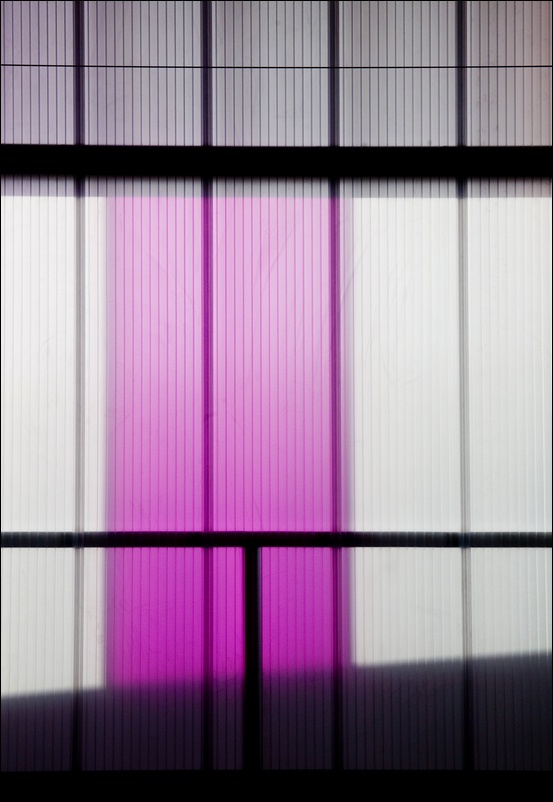
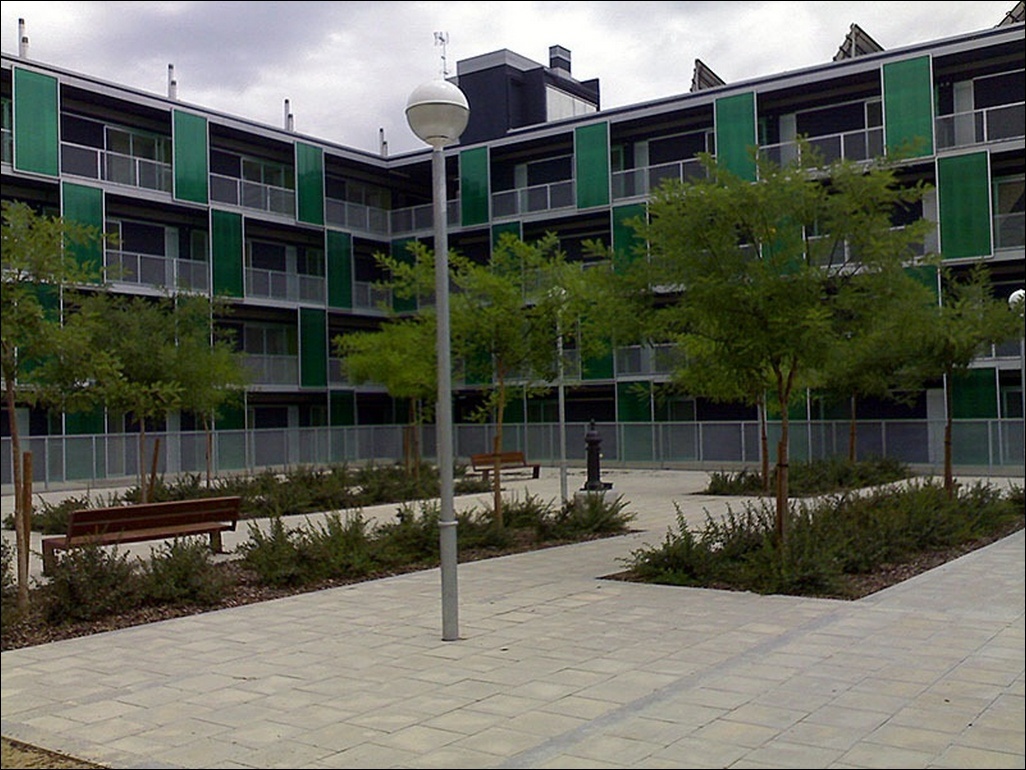

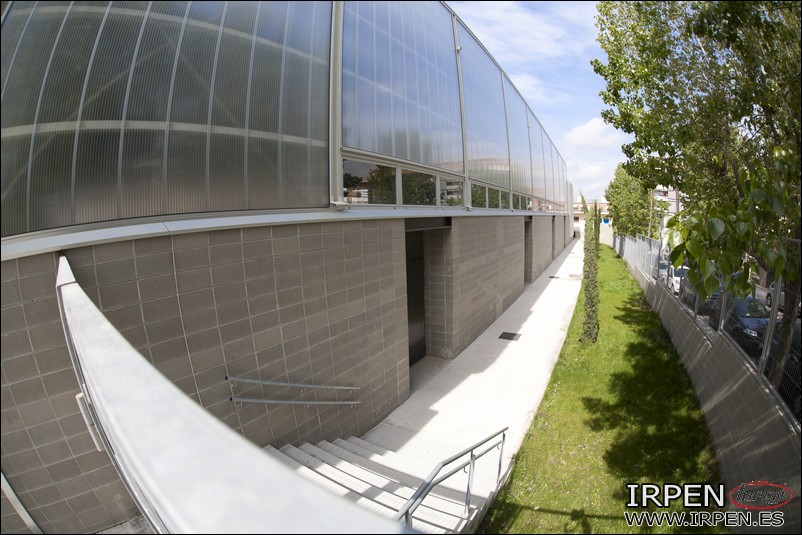

.jpg)
